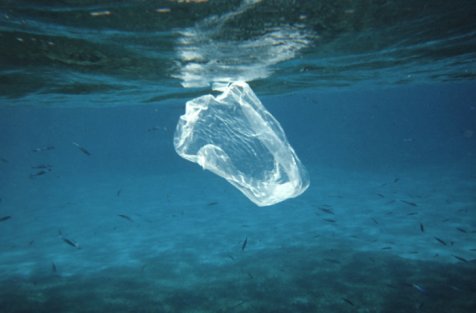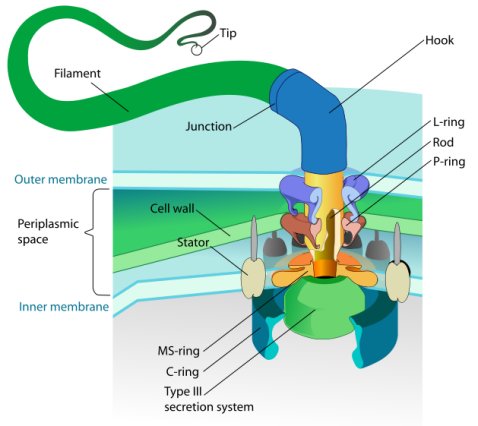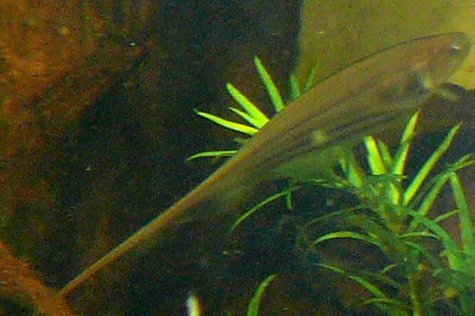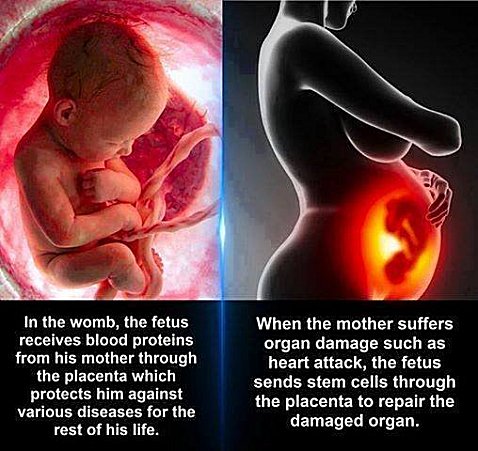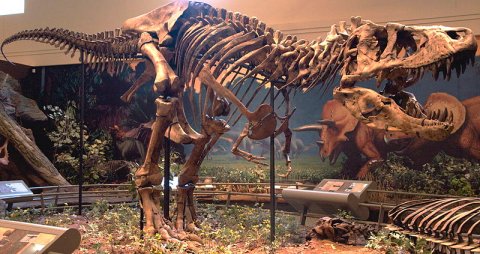
In 2005, Dr. Mary Schweitzer shocked the scientific world by reporting soft tissue in a Tyrannosaurus rex fossil that is supposed to be 68 million years old.1 While many scientists who are more interested in their preconceptions than they are in the data tried to dismiss her findings, several other examples of soft tissue in fossils that are thought to be millions of years old have been found (see here, here, here, here, and here). In the end, it has become nearly impossible for a thoughtful scientist to conclude anything other than the fact that there is soft tissue present in some fossils which are thought to be millions of years old.
Now, for someone who truly believes in an ancient earth, it’s very hard to explain how soft tissue can remain in a fossil that has been in the ground for millions of years. Even for a young-earth creationist like myself, it is still a difficult thing to understand. Soft tissue tends to decay in a matter of days or weeks. From a chemical point of view, it is hard to understand how it can stay soft for even a few years, much less hundreds, thousands, or even millions of years. Fortunately, Dr. Schweitzer has continued her studies on soft tissue in dinosaur fossils, and she has found at least one chemical mechanism by which soft tissue can be preserved for significantly longer than anyone expected.2
She and her colleagues began by examining soft tissue from her T. rex fossil as well as a Brachylophosaurus canadensis fossil. While the T. rex fossil is supposed to be about 68 million years old, the B. canadensis is supposed to be about 76 million years old. Nevertheless, under a transmission electron microscope, both are seen to harbor soft vessels that are probably blood vessels. Interestingly enough, however, the vessels have tiny particles of iron embedded in them.
Continue reading “An Explanation that is Not Exactly Iron-Clad”

